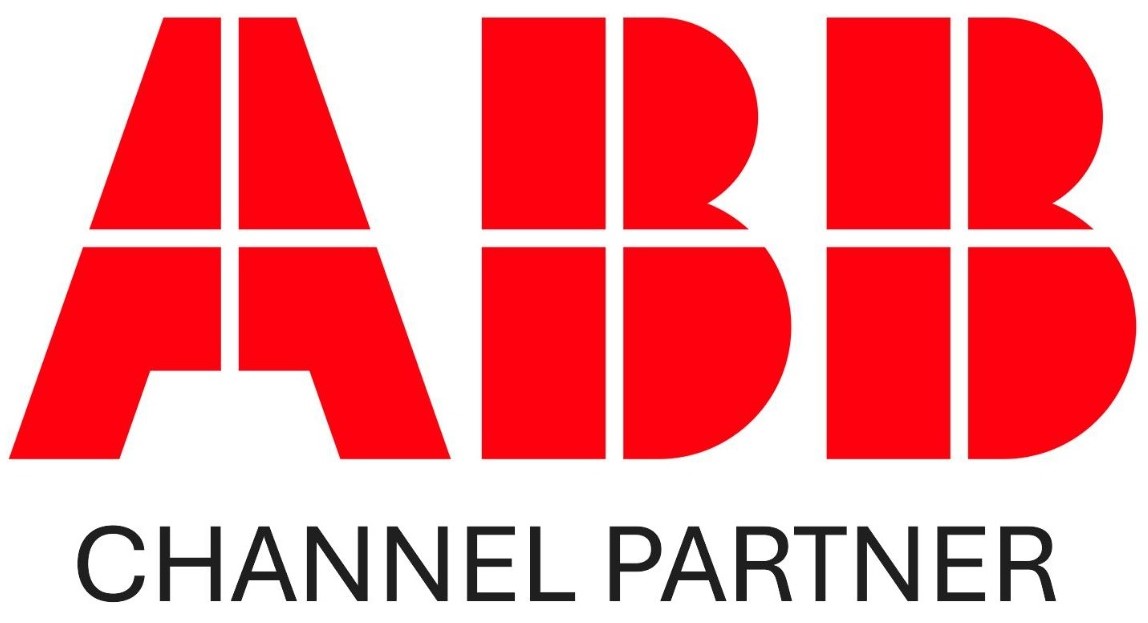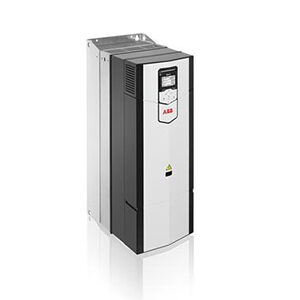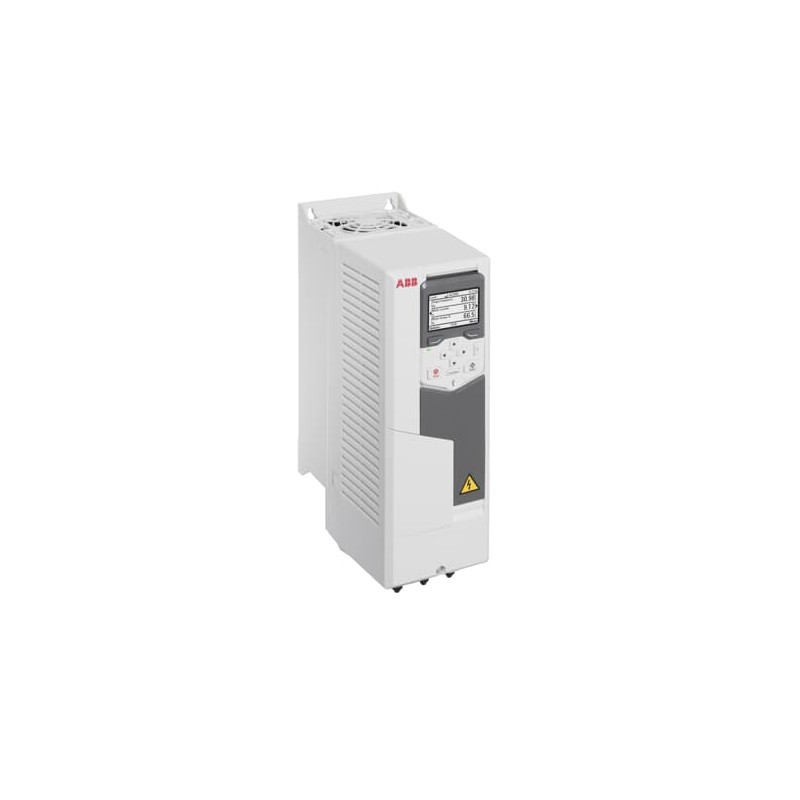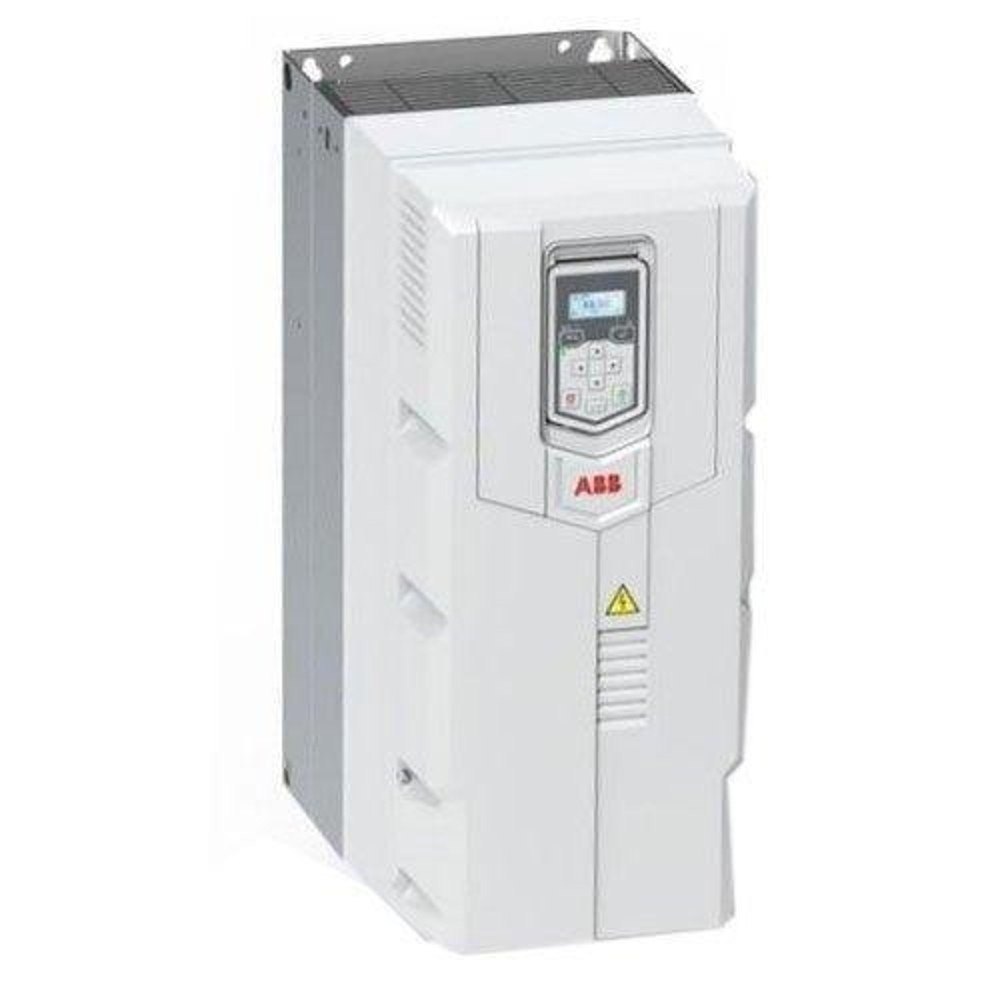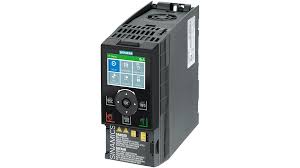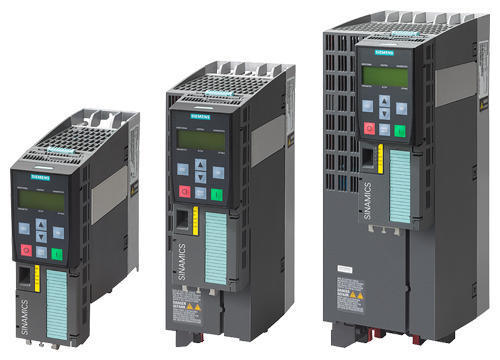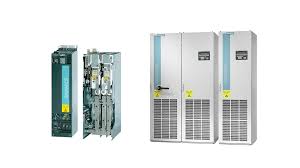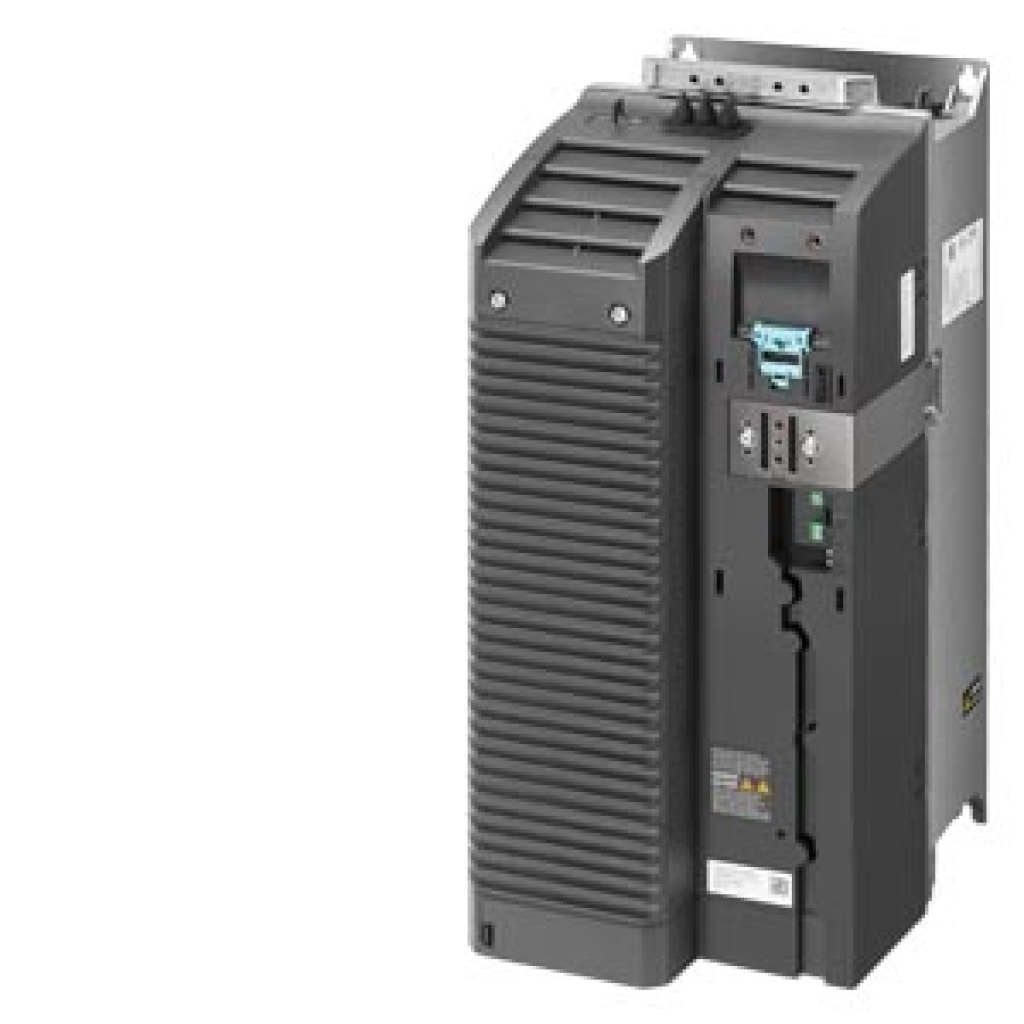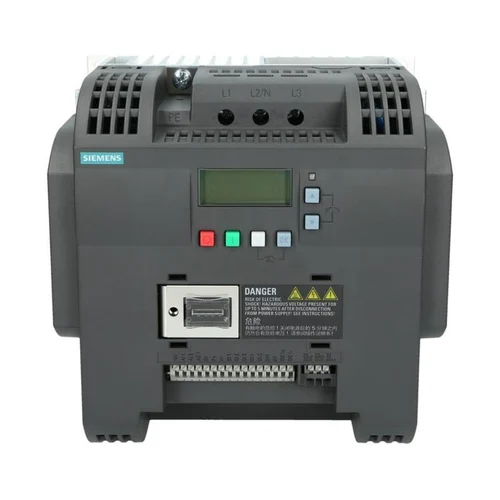VARIABLE FREQUENCY DRIVES
VFD stands for Variable Frequency Drive, which is an electronic device used to control the speed, torque, and direction of an electric motor by adjusting the frequency and voltage supplied to the motor. VFDs are commonly used to regulate the operation of motors in various industrial applications, including pumps, fans, conveyors, HVAC systems, and more.
Applications of VFDs:
- Fans and Blowers: industrial settings, VFDs can adjust the speed of fans and blowers to meet varying airflow requirements.
- Pumps: VFDs are often used in pumping systems to adjust the flow rate. By controlling the speed of the motor, a VFD can match the flow with demand, leading to energy savings and more precise control.
- Conveyors: On conveyor belts, VFDs can control the speed and direction of the motor, allowing for smooth operation and efficient material handling.
- Compressors: VFDs in compressors help maintain the required pressure levels without wasting energy, as they can adjust the motor speed to match the load.
- Mills: Mills can process large volumes of materials at high speeds, enabling large-scale production.
- Centrifuges and Mixers: In applications that require varying speed or torque, such as in centrifuges and mixers, VFDs offer better control and precision.
- HVAC Systems: VFDs are used in heating, ventilation, and air conditioning (HVAC) systems to control the speed of fans and pumps. This helps maintain desired environmental conditions efficiently and reduces power consumption.
Advantages of Using VFDs:
- Energy Efficiency: VFDs help reduce energy consumption by adjusting motor speeds to match the load. For example, a pump or fan running at part load consumes significantly less energy than one running at full speed, thanks to the ability to vary speed.
- Reduced Electrical Consumption: In applications like pumps, fans, and compressors, where load varies, a VFD can lower electrical consumption by running the motor only as fast as necessary to meet the demand
- Longer Equipment Life: The soft start and stop features reduce mechanical stress on the motor and associated components, minimizing wear and tear and extending the life of the equipment.
- Improved Process Control: VFDs provide precise control of motor speed, leading to more stable and accurate processes in manufacturing and other applications.
- Less Mechanical Stress: VFDs allow for controlled acceleration and deceleration of motors, which helps avoid damage from sudden starts and stops.
- Reduced Noise: Slower motor speeds typically result in quieter operation, especially for fans and pumps.

